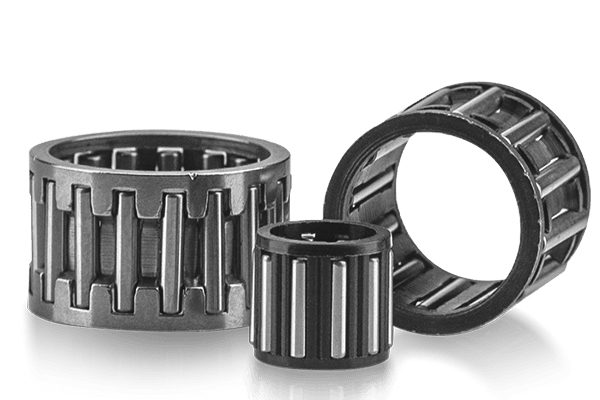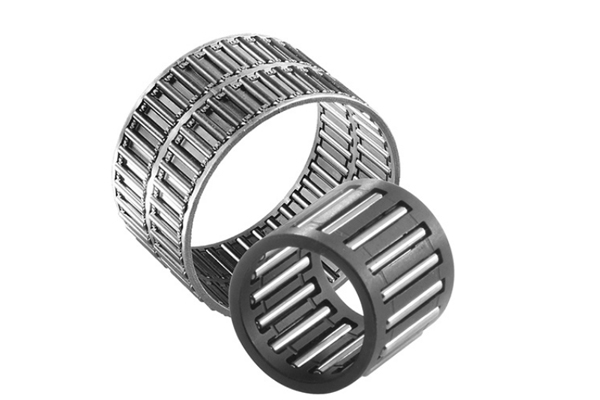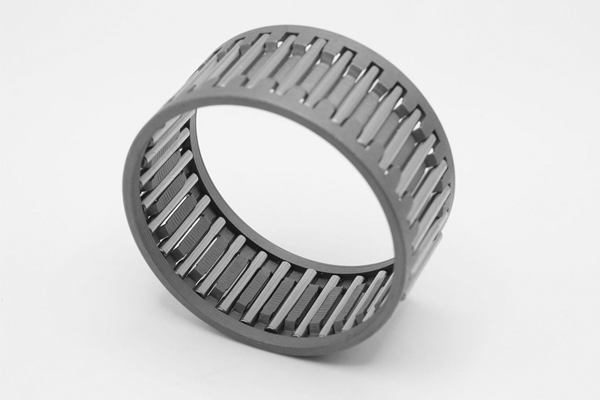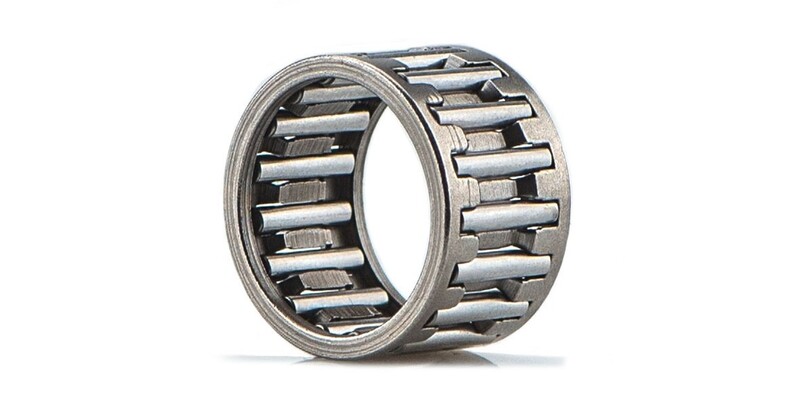Newsroom
What are the functions and installation precautions of forklift needle roller bearings?
2025-10-24I. Overview
In high-intensity and long-duration operations, forklifts must deliver both excellent stability and agile handling.
As a critical component in the forklift rear-axle steering system, QIBR Forklift Needle Roller Bearings ensures smooth and reliable performance under heavy loads and frequent steering conditions, thanks to its precision engineering and outstanding wear-resistance.

2.Main Functions of QIBR Forklift Needle Roller Bearings
i.Enhanced Steering Flexibility
QIBR needle roller bearings effectively reduce friction between the rear axle kingpin and the main pin, allowing the rear wheels to rotate smoothly even in confined spaces, improving steering responsiveness and maneuverability.
ii. High Load Capacity and Extended Service Life
With a large contact area and excellent load distribution, the bearing minimizes friction and wear between components, significantly extending the lifespan of the rear axle and steering system.
iii. Smooth Operation with Low Noise
Manufactured with high-precision machining and wear-resistant materials, QIBR bearings maintain stable rotation under heavy loads and frequent steering, reducing vibration and noise for improved driving comfort.
iii. Smooth Operation with Low Noise
The precise fit of the bearing keeps the kingpin position stable and prevents excessive clearance or misalignment, ensuring reliable steering accuracy and operational safety.

3.Installation Precautions
To ensure optimal performance of QIBR needle roller bearings, please follow these guidelines during installation:
i.Keep Everything Clean
Before installation, make sure the bearing, tools, and surrounding environment are clean. Even microscopic dust or debris can cause wear or operational imbalance.
ii.Avoid Forceful Assembly
Do not hammer or strike the bearing directly, and never press through the rolling elements. Use proper press-fit tools or a heating method to prevent damage to the raceways or rollers.
iii. Use the Right Tools
Use QIBR’s recommended mounting sleeves or hydraulic tools, and avoid cloth or fiber materials that may shed particles into the bearing.
iv. Check Dimensional Accuracy
Verify shaft and housing tolerances and surface finish before installation. Improper fits can lead to uneven loading, premature wear, or increased steering resistance.
v. Apply the Correct Amount of Lubricant
After installation, fill the bearing with an appropriate amount of high-quality grease (such as high-temperature lithium grease). Over-lubrication increases drag and temperature.
Recommended fill level: 50–70% of the available space.
vi. Prevent Rust and Moisture
Avoid touching the bearing with bare hands during installation. Apply a thin layer of anti-rust or mineral oil. In humid or rainy environments, install protective seals or rust-proof coatings.
vii. Perform Test Runs
After assembly, conduct a low-speed test to check for noise, vibration, or abnormal heating. Once confirmed normal, the bearing can be put into operation. Check lubrication again after initial use.

4. Maintenance Recommendations
- Regular Inspection: Check lubrication and wear every 500 operating hours.
- Timely Replacement: Replace the bearing if abnormal noise, heat, or excessive clearance is detected.
- Maintain Proper Sealing: Replace aged or damaged oil seals to prevent dust and moisture ingress.

5.QIBR Needle Roller Bearings — Reliable Solutions for Industrial Vehicles
QIBR is committed to providing high-performance bearing solutions for global forklift manufacturers and maintenance service providers.
Our forklift needle roller bearings are made from premium bearing steel and advanced heat-treatment technology, offering high load capacity, low friction, and superior fatigue resistance, ensuring excellent durability even in demanding conditions.
Through rigorous quality control and comprehensive after-sales support, QIBR needle bearings help customers reduce maintenance costs, extend equipment life, and ensure the safe and efficient operation of forklifts.


